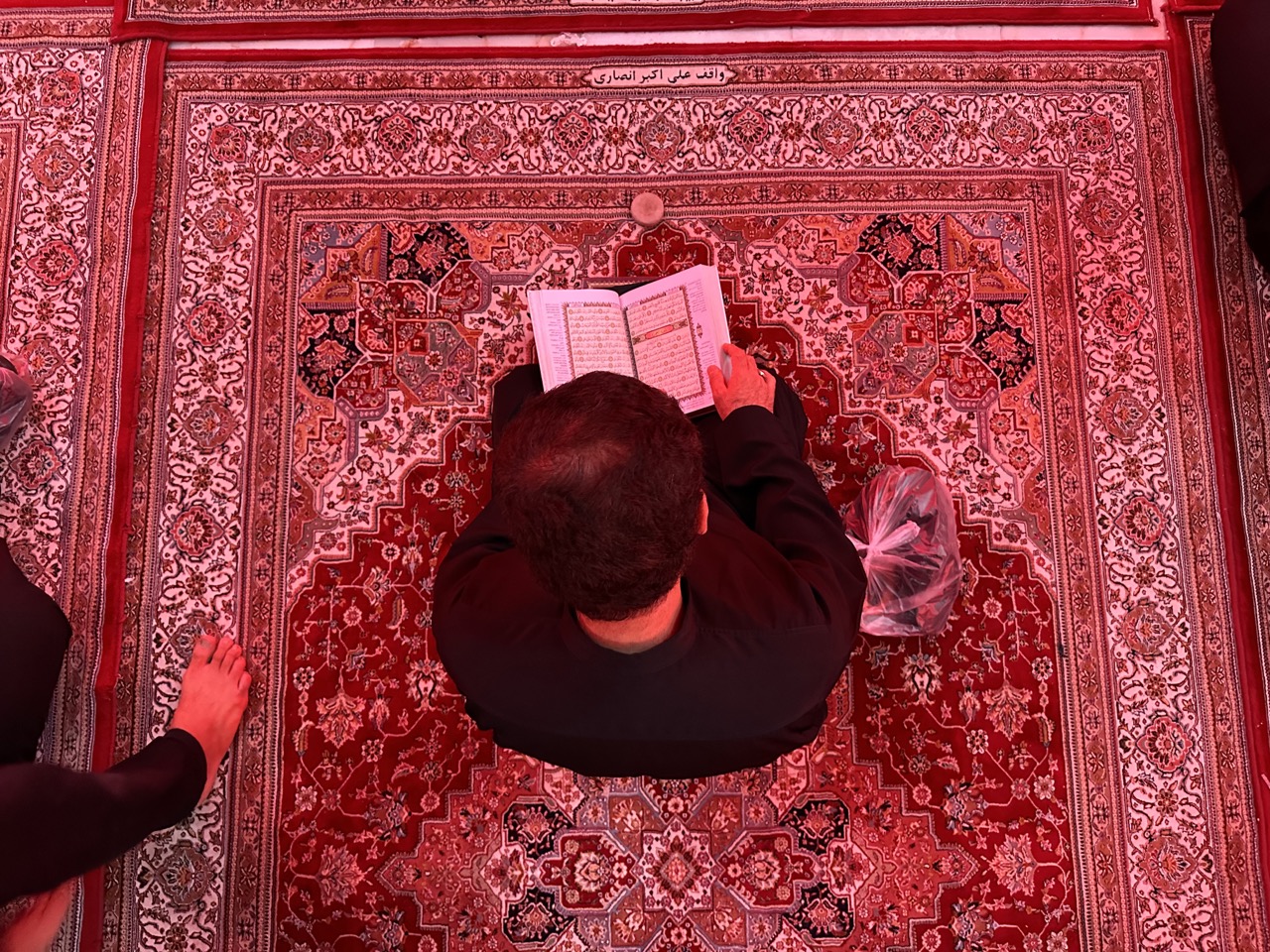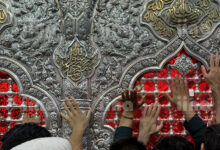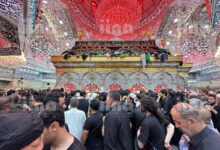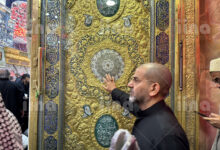The Shrine of Imam Hussain in Karbala, Iraq, holds immense significance for Shia Muslims and Iraqis globally. It marks the burial site of Imam Hussain, the Prophet Muhammad’s grandson, who is a central figure in Shia Islam. His death in the Battle of Karbala in 680 AD, where he stood against the despotic ruler, is a defining event in Islamic history.
The shrine is a major pilgrimage site, particularly during the month of Muharram, which marks the anniversary of Imam Hussain’s martyrdom. The Arbaeen pilgrimage, on the 40th day after the day of Ashura (the day Imam Hussain was killed), is one of the largest religious gatherings worldwide, drawing in over 20 million pilgrims to Karbala.
However, this year pilgrims visiting the shrine gave a great importance to the Holy Qur’an following the incidents in Sweden of the burning of the book.
The shrine’s architecture is notable, featuring a golden dome and minarets, intricate tile work, and a central tomb. Inside, it houses several important artefacts, including a historical manuscript of the Quran.
For Shia Muslims, the shrine is a place of mourning and reflection on the values Imam Hussain embodied, such as social justice and resistance against oppression. For Iraqis living abroad, it serves as a symbol of their cultural and religious heritage. Many participate in local Muharram commemorations, maintaining a connection with their roots.
- Published: 31st July, 2023
- Date Taken: 30th July, 2023
- City: Karbala
- Country: Iraq
- Category: Religion















